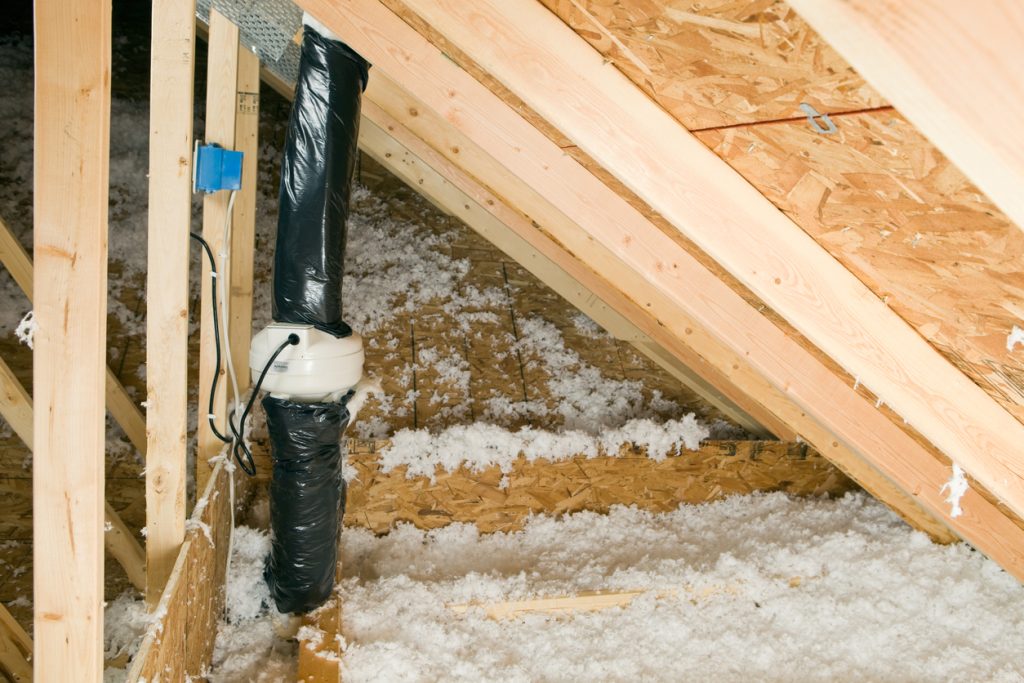Calgary home inspection: Safe radon levels
Radon is a radioactive gas that begins to formate when radium, uranium, or thorium–all radioactive metals–breaks down within groundwater, rocks, or soil. Anyone can be exposed to radon as it can be breathed in when it permeates through gaps in the home. Because we can be exposed to low levels of radon in the air, its typical concentration is minimal enough that there is no need for concern. When radon enters a more enclosed area, like any home, levels of concern should rise as your radon intake also begins to rise. This should churn out a fundamental and persistent question: what is a safe radon level?
Let’s examine what is deemed a safe level of radon in the home and when you should contact Calgary home inspection to secure and protect your household.
The threat of radon
Results of a Health Canada survey determined that as many as 7% of Canadian households are exposed to radon levels that are above the current guidelines, with the additional conclusion that no Canadian areas are rendered completely radon free. The frequency of Canadian homes that are exposed to high levels of radon is concerning as radon is known for its ability to erode health without households even knowing. Radon has no distinct smell and is invisible to the naked eye, so Canadian families can be exposed to it without even knowing. Long-term exposure can result in a greater risk of lung cancer, which can only be further accelerated if you are a smoker or burn wood and coal within your home.
Safe and dangerous levels of radon
The Canadian guideline states that no indoor area should exceed 200 becquerels per cubic square (or 200 Bq/m3). If an indoor area is above this recommended level, you should take action as soon as possible and schedule a home inspection. Upon taking action to combat the exposure in your home, radon levels should be minimized as low as possible. Health Canada further recommends getting your radon levels tested annually in your resident dwelling to ensure it is at a safe level to avoid the risk of developing an illness.

Why you could have elevated levels
High radon levels can crop up due to some problems with a home’s structure. A lot of radon gas is found within the soil, so if your home has a crawl space that consists of mounds of dirt, you could potentially be exposed to maximum levels of radon. Further, radon can permeate the home through the cracks in the home foundation and walls. If holes are created in the foundation for pipes and utility lines, this can lead to high levels of radon seeping into the home. These structural issues that can cause radon to get into the house should be repaired to reduce your risk of exposure.
Conclusion
Radon is one of the leading causes of lung cancer, right below cigarette smoking, showcasing that exposure to this radioactive gas can be incredibly hazardous to anyone’s health. To reduce your risk of high-level exposure in your own home, get your home tested by Calgary home inspection professionals, where devices can be used to test the current levels in your home.
Integra Inspection Services is the leading provider of home inspection services throughout Calgary. Our commitment to our clients is evident by our honest and thorough Calgary home inspections. Our service is available for residential buildings, including homes, townhouses, and condos. Whether you are a buyer, seller, or a realtor, we conduct complete home inspections to determine if your property has any structural flaws and to prevent future costly repairs. Our Calgary home inspections include infrared thermal imagine on every inspection for an accurate, detailed inspection. For all of your home inspection or commercial property assessment needs, we can help. Schedule your inspection with Integra Inspection Services.